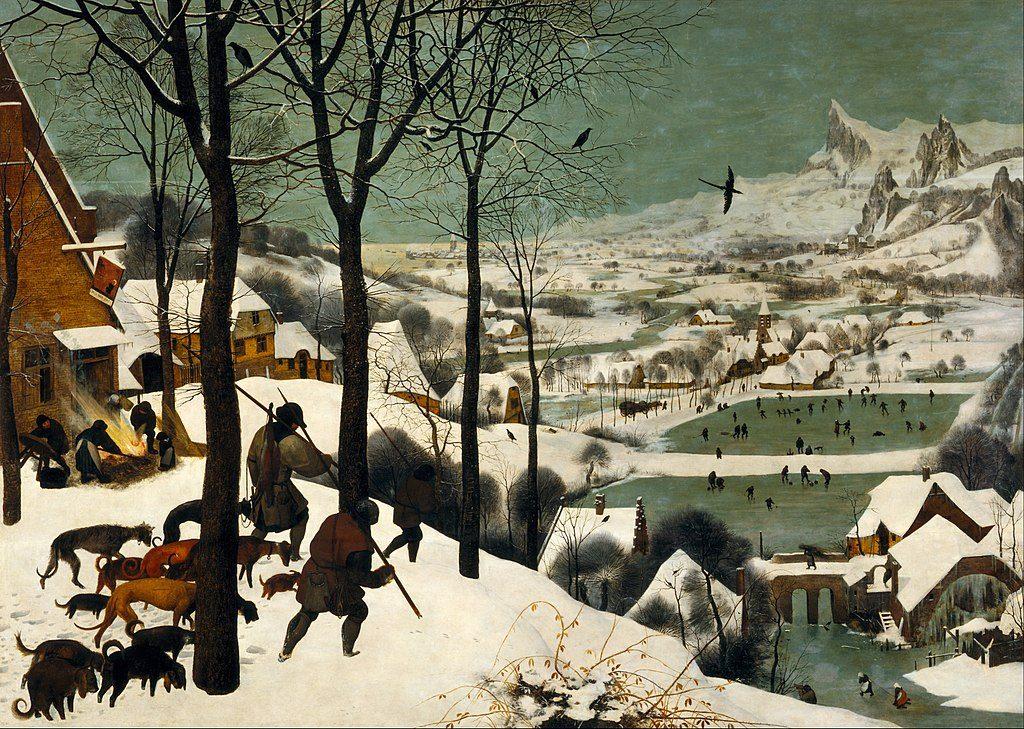
I believe that all events in history, including the rise and fall of all lifeforms, have been shaped by deep natural history. To me geology and landscapes are critical to explaining why things exist the way they do. To understand this perspective, lets begin at the very beginning. The Earth’s restless molten core has repeatedly caused tectonic shifts on its surface. There are over several hundred minor earthquakes that occur every day somewhere on the face of the Earth. At least one earthquake which is significant (what seismologist label as 7 on Richter Scale) occurs every month, and one cataclysmic earthquake (8 or over on the Richter) takes place every year. Over billions of years, landmasses have repeatedly been created, obliterated, drifted, fused together and torn away. This power has raised mountains, gouged basins that hold oceans and seas, and carved courses of rivers. Geology is literally the bedrock which has determined the arrangement of continents and the shape of landscapes, and these continue to determine global and regional climate. This has, in turn, affected every lifeform that has ever existed on our planet.
Let’s take the example of a lifeform that we strongly feel for – humans. The concomitant interplay of geology, geography and climate has influenced how and where we live, what we eat and, in a rather long-drawn-out way, has determined the colour of our skin and eyes, the type of hair we have and even the shape of our noses. We owe our evolution to the processes of the Earth. Seven million years ago, a powerful force ripped through the thin crust across East Africa, forming the 5,000-kilometre-long East African Rift Valley. The volcanoes of the rift valley spewed ash and gases and the movement of the plates caused shifts in climate, changing it rapidly between being very wet and very arid. Gradually (and I mean very gradually, punctuated over every ten to hundred thousand years) the forests were replaced by open scrubland and by 3.8 million years ago, a large swathe of grassland covered much of central Africa. This enabled the evolution of a walking ape into some semblance of our ancestor over the next two and half million years or so. This process was perhaps repeated in several ways, creating new species of apes, eventually leading to the emergence of our earliest ancestors (Homo sapiens or simply the Sapiens). The Sapiens appeared on the scene around 240,000 to 190,000 years ago. They left East Africa just 75,000 years ago, after a series of megadroughts. The cause of these megadroughts is believed to be a massive volcanic explosion called the Toba. Toba lies in the middle of North Sumatra and is 6,600 kilometres east of the Horn of Africa, where the earliest Sapiens may have lived. (You can see the majestic Toba if you fly directly west off Kuala Lumpur). The violence of the Toba episode was such that a third of the volcano’s top blew off. The Sapiens would have been at the margins of Africa when the Toba explosion happened.
Human ancestors adapted to the unstable environment by migrating, by learning to eat a wide variety of food, and gradually by adding innovations such as tool making, cooking and language which enhanced social cooperation and led to organised societies. Geology and landscapes also explain why and where the earliest civilisations took root. The drainage patterns of rivers and rich alluvial plains became the cradle of civilisations, and from here the earliest ports and trade routes were established. Even the design of modern cities depend on what lies beneath. The area between Midtown to Manhattan are home to the tallest skyscrapers in New York. A very hard and ancient rock called schist makes up this part of the island, which supports the weight of the skyscrapers. The Manhattan Schist Formation is the best seen as outcrops in Central Park (see Home Alone 2 for example).
Historians are increasingly correlating past climatic data to determine how small blips in temperature or precipitation may have altered history. Climate can cause crops to wilt; spur outbreaks of new diseases; and trigger epidemics amongst humans, animals and crops. Any one or a combination of these could collapse trade, force a powerful army to dwindle, and send kingdoms and empires into decline. The Mongols, for instance, reached South Asia in search of a sustainable source of fodder and grass for their horses, as climate change desiccated their grasslands. The rise and fall of Chinese dynasties (Shang, Zhou, Qin, Tang, Han and Ming) from 1050 BC to 1644 AD has been attributed to the failure of monsoons in central and eastern China, and wars that were triggered by intense winter monsoons, which further led to famines; the Marathas consolidated their positions by rapidly building forts in strategic places because they used the soft hewable basalt of the Deccan. There needs to be diverse perspectives to understanding the course of history and historical events. History, culture, trade and modern economics make greater sense when seen from the lens of deep natural history.
